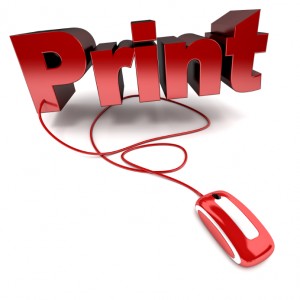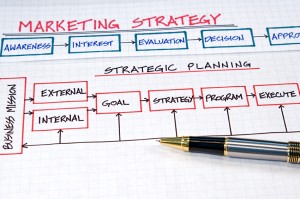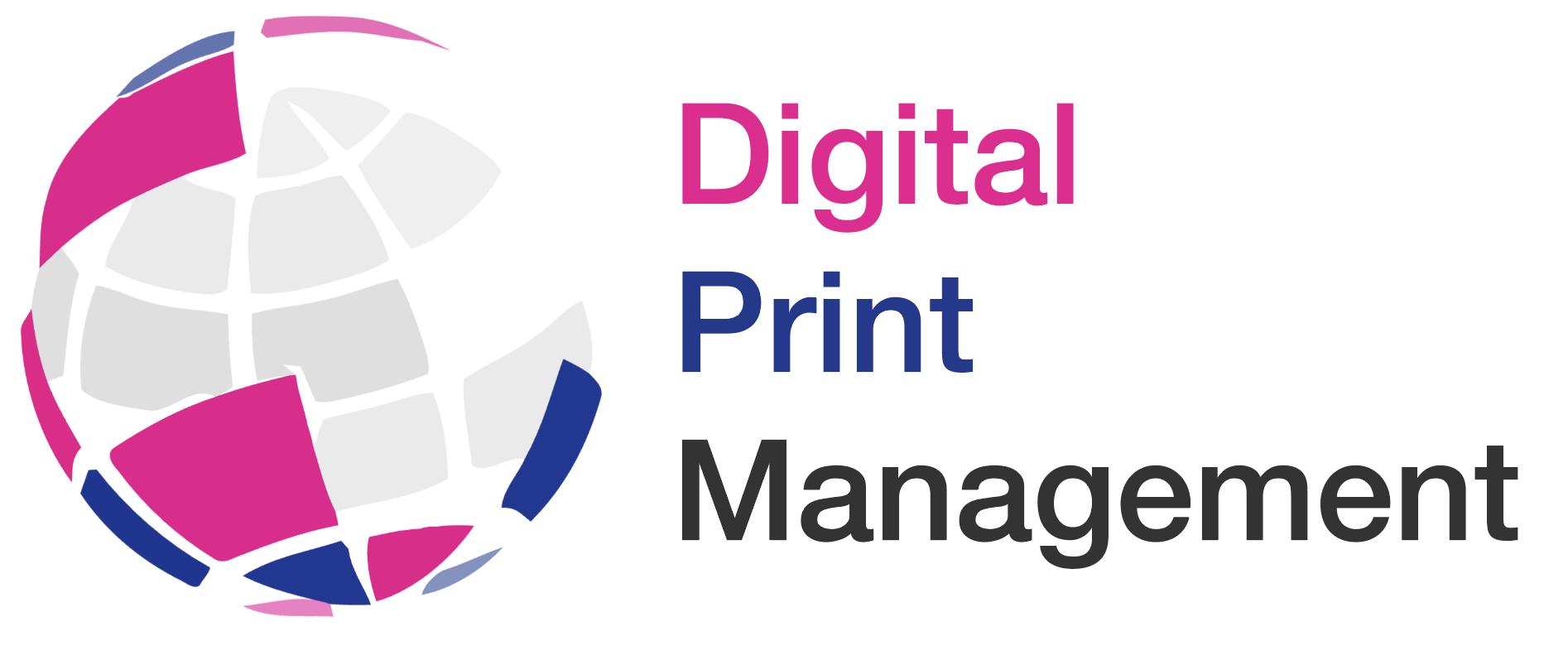
In my last blog I talked about how print is changing in the face of digital competition and how working with a print management partner will become an important part of the multi-media process rather than a supplier of all things print.
The role of print management services is evolving to provide consultative expertise on how to optimise your print and marketing content, which channels are best used to distribute your communications, how to reduce postal costs and optimise print related communications to drive faster customer response times.
Print management providers have access to pre-qualified and certified supplier network for printing, fulfilment, marketing, database and design services.
 Organisations are realising that having a broader overview of their business processes helps them focus on making improvements from content and document creation to how the message is delivered to its audience.
Organisations are realising that having a broader overview of their business processes helps them focus on making improvements from content and document creation to how the message is delivered to its audience.
All of which create benefits that extend well beyond mere cost savings.
How to choose the right print management services partner?
Any organisation that outsources its print will benefit from reassessing what it’s marketing objectives are and what their ROI should be.
Effective customer communication management is integral to ensure that communications with the customer are highly relevant, personal and targeted and above all work across all the various channels.
Communicating with customers is an evolving process there are more channels than there were five years go and organisations have to be flexible in managing customer preferences across the channels.
Social media has become an important channel for brands to communicate messages, real time marketing via mobile are becoming increasingly vital to the cross media channel mix and knowledge of ‘print’ is no longer essential in the communications process.
Companies will make gains by partnering with a print management company that understands business process optimisation provides expert advice, knowledge and document management solutions.
8 points to consider when selecting a print management service partner
1. For the partnership to work it is vital that the print management company works closely with your ‘buyers’. I use that word loosely as most departments these tend to have some involvement with the marketing efforts of the company and not solely the marketing department.
It should be a mix of collaboration and consultation determined by the needs of the company’s marketing objectives.
2. The level of personalisation and transpromo messages coupled with customer demands for relevancy, accuracy and security of their personal information means that every part of the digital and mail piece has to be properly co-ordinated. Look for expertise in datafile management, multi-channel communications, document integrity, security and compliance.

3. Working with a print management company that is ‘neutral’ means that they will be able to choose the right service or solution that benefits the customer. With multi-channel communications evolving so fast the need for speed and flexibility are key. The print management company will be up to date with new techniques and the latest trends.
4. Working with an end-to-end supplier who adopts a consultative approach by working with you rather than for you will ensure your needs are met.
5. Can they demonstrate expertise using case studies or testimonials?
6. Are they able to provide support across all social and digital media channels throughout each stage of the communications process?

7. How easily can they adapt to change to assist you with your marketing communication efforts?
8. How robust is their print supplier network and what solutions can they offer short-term and long term?
The only thing that needs to change is the name ‘print management’. Print is no longer the whole picture rather, part of an evolving multi-channel, multi-faceted customer marketing communications mix.



 Electronic billing can effectively reduce costs as long as there is a clear strategy of ensuring customer adoption.
Electronic billing can effectively reduce costs as long as there is a clear strategy of ensuring customer adoption.





